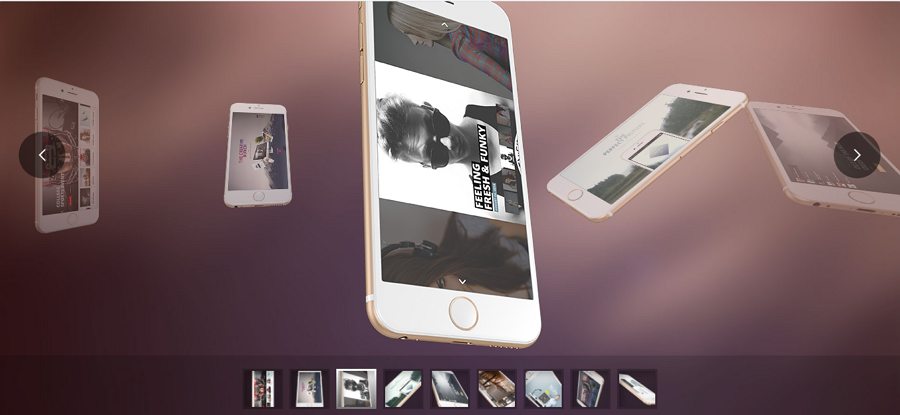

Click on the right arrow on the large image to change the display photo.ħ) Switch back to Select mode. I renamed the command to "image", but you can rename it whatever you want.Ħ) Next, switch to Browse mode by using the "Browse" toggle next to the project's Settings tab.

I renamed the template "product_details" in this example.ĥ) Now that we are on a product page with an image carousel, select the large image that appears on the page using the automatically generated Select command. For this example, I've named the command "product".ģ) To click into each listing page and access the image carousel, click on the + button next to "Select product" and choose a Click command.Ĥ) In the pop-up that appears, answer "No" to whether or not this is a next page button, and create a new template. You can also rename your command by double-clicking on it. Keep clicking on the yellow elements until all products have been selected on the page. The product's name will get highlighted in green, while similar elements will be highlighted in yellow. Then, click on the "Start project on this URL" button.Ģ) Using the Select command (selection1) that is automatically generated for you, click on the first product name on the page. Example 1: Selecting Larger Imagesįor this part of the tutorial, you can follow along on the Etsy Wall Art section.ġ) Click on the "New Project" button on the ParseHub home screen, and enter the URL of the website you will be scraping.
#Product image carousel how to#
This tutorial will show you how to scrape all of the images from one of these carousels. Below are two examples of image carousels one from eBay and one from Etsy: When extracting images from a website, there are times where the images are in a carousel - a large image that changes when you click on a thumbnail of another image.


 0 kommentar(er)
0 kommentar(er)
